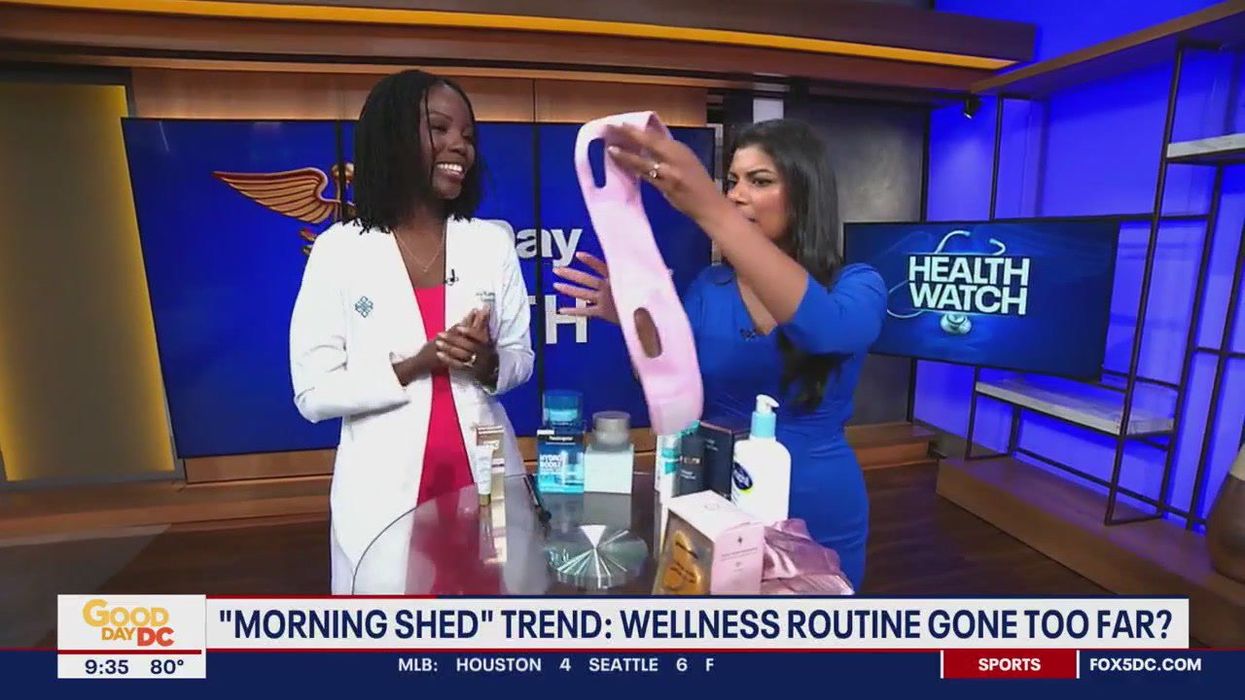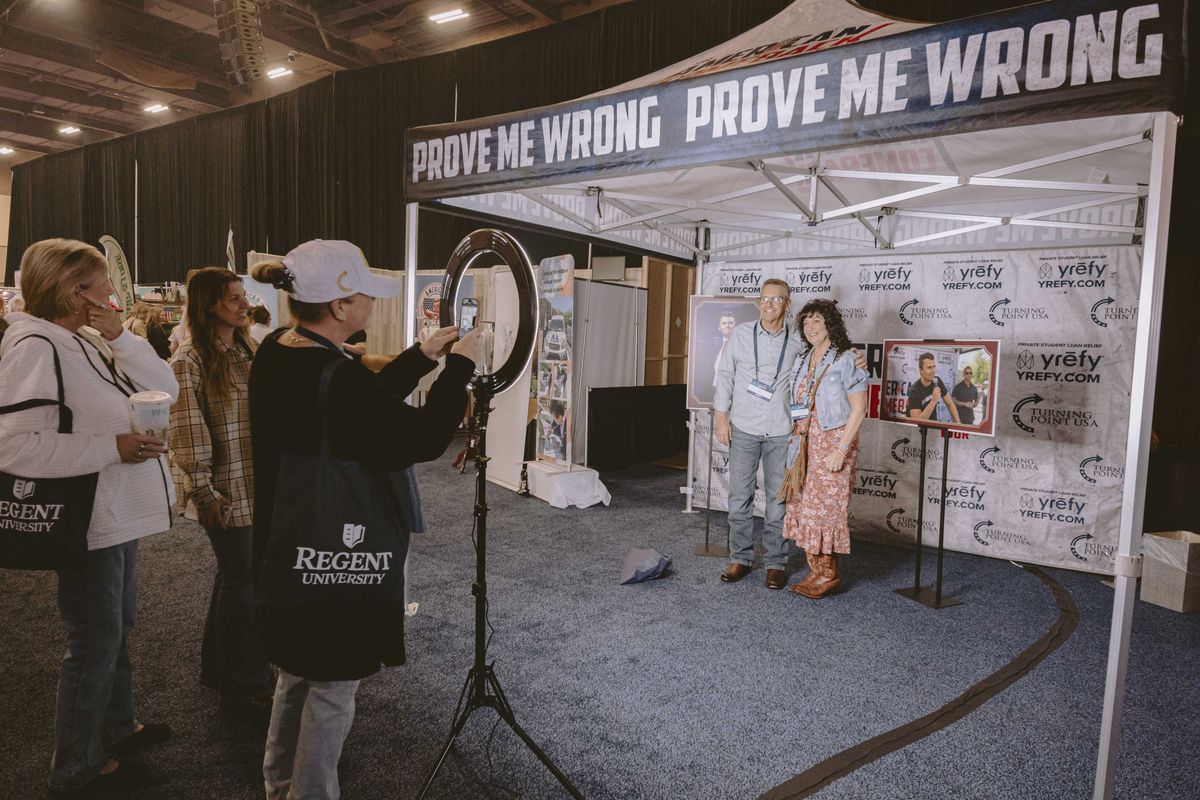People online often share their skincare routine, but the latest craze on TikTok is the removal of skin, hair, and self-care products from the night before - otherwise known as the "morning shed".
The notion behind the trend is that “the uglier you go to bed, the prettier you wake up”.
With over 30 million views on TikTok and searches on Google rising 36 per cent in the last week, it’s clear that people are fascinated by this latest trend, but is it safe?
Lesley Reynolds, skincare expert and co-founder of The Harley Street Skin Clinic, has given her thoughts on the trend, whether or not this could be harmful for your skin, and some top tips for trying this yourself.
What is the morning shed?
The "morning shed", a trend that’s recently taken over TikTok, highlights our fascination with beauty routines and self-care. The humorous notion that "the uglier you go to bed, the prettier you wake up" has gained traction, emphasising the appeal of waking up with glowing skin and perfect hair.
@courtneysnelll True beauty sleep 💞🫶🏼 #morningshed #nightlyroutine #dailyshed #mouthtape #sleep #bedtimeroutine #morningroutine
In videos we see creators layering on face masks, lip serums, heatless curls, mouth guards, and eye masks, this trend promises a refreshed morning look with minimal effort.
“While it offers a time-saving beauty solution, the extensive routine may be excessive and could potentially stress the skin and hair. The 'morning shed' trend underscores our ongoing search for effective beauty hacks and reflects current beauty innovation and self-care trends. Whether it will last remains to be seen," Reynolds said.
Can the morning shed provide skin benefits?
“From an expert perspective, the 'morning shed' trend can provide skin benefits, though effectiveness varies by product and skin type. During sleep, the skin undergoes natural repair, making it ideal for treatments," according to Reynolds.
“However, the effectiveness of these routines depends on consistency and appropriate product selection. Overuse or incorrect combinations can cause irritation or sensitivity. It's crucial to use non-comedogenic products suitable for overnight use to prevent clogged pores and breakouts.
“In short, the 'morning shed' trend leverages natural repair processes during sleep to boost skin and hair health. With carefully selected products and a balanced approach, it can offer substantial beauty benefits, but individuals should monitor their skin’s responses and adjust routines to avoid potential drawbacks.”
Could the routine be disruptive or even damaging to the skin in any way?
Reynolds explained: “Using too many products at once can overwhelm the skin, leading to congestion and breakouts. The skin's barrier has limits and excess active ingredients can cause irritation or sensitivity, especially in sensitive skin. Incompatible ingredients can reduce effectiveness or cause adverse reactions.
“For example, mixing retinol with strong acids might result in dryness and irritation. It’s crucial to understand ingredient interactions. Overusing potent ingredients can compromise the skin's barrier, increasing transepidermal water loss (TEWL) and making the skin more vulnerable to dryness, irritation, and infections.”
The skincare expert also provides her top tips for those who wish to try this trend themselves, from the do’s to the don'ts:
Do
Choose Suitable Products
“Opt for non-comedogenic, hypoallergenic formulas with hydrating and barrier-supporting ingredients like hyaluronic acid, niacinamide, peptides, and antioxidants.”
Patch Test New Products
“Always perform a patch test on a small area (e.g. behind the ear) before full use to check for adverse reactions.”
Layer Products Properly
“Apply products from thinnest to thickest—cleanser, toner, serum, moisturiser, optional face oil, and overnight mask.”
Avoid Overloading and Ensure Cleanliness
“Start with a basic routine and gradually add new products. Keep your face and hands clean, and change pillowcases regularly to prevent bacteria buildup.”
Focus on Hydration and Barrier Repair
“Use overnight-specific products that promote hydration and barrier repair, such as those containing ceramides, glycerin, and squalane. Monitor your skin’s response and consult a dermatologist if needed.”
Don’t
Avoid Strong Acids
"Alpha Hydroxy Acids (AHAs) and Beta Hydroxy Acids (BHAs), like glycolic and salicylic acids, can be too harsh for overnight use, causing irritation and sensitivity. Retinoids should also be used cautiously, as they can lead to dryness and peeling."
Skip Alcohol-Based Products
"Toners and astringents with alcohol can be excessively drying and irritating if left on overnight, stripping the skin of its natural oils."
Be Cautious with Fragrances and Essential Oils
"Synthetic fragrances and essential oils can cause irritation and allergic reactions. Avoid products with these for prolonged use."
Avoid Clay Masks and Physical Exfoliants Overnight
"Clay masks can disrupt moisture balance and cause dryness, while physical exfoliants can lead to irritation and microtears if used too frequently."
Limit High Concentrations of Active Ingredients
"High levels of Vitamin C and chemical peels should be used as directed and not left on overnight to avoid irritation and damage. Hydroquinone should be used short-term and under medical supervision."
Sign up to our free indy100 weekly newsletter
How to join the indy100's free WhatsApp channel














Jasmine Crockett hits back at JD Vance's 'street girl persona' jibe